
After arriving to Belarus to spend a couple of weeks with my in-laws and work remotely from their place, we decided to spend a weekend in Minsk. In addition to visiting friends in this city, one of the reasons to spend the weekend there was to visit the National Library of Belarus.
The National Library is an attractive landmark of Belarus. Nowadays, the library is more than a rich collection of books. It is a multipurpose center that combines high technologies, modern design and unusual architecture.
The library was founded in 1922 under the oversight of the Belarusian State University. Back then it was named the Belarusian State and University Library. It contained 60,000 books back then and, in 1926, the Belarusian State Library became an independent institution and the decision to build new facilities for it was made. Well-known Belarusian architect Georgy Lavrov came up with an unusual design that embodies a mathematical system of coordinates.
Nowadays, the building is one of the few remaining specimens of the constructivism age in Belarus and home to the Council of the Republic of the National Assembly. During the Great Patriotic War (World War II) the Belarusian State Library, named after Lenin, lost about 83% of its books and special equipment. It managed to evacuate all the rare and early printed books, editions stored in the circulation department and reading halls while, unfortunately, the reserve fund building burnt down completely together with what was inside.
After the war the library was reborn and developed, collecting more books and establishing international ties. In 1992, and as part of the sovereign state, it was renamed into the National Library of Belarus. With time, its collections grew much larger, necessitating the construction of new, larger, and modern premises.
In 1989 a USSR-wide contest was held to choose the best architectural design for the Library. The winners – architects Viktor Kramarenko and Mikhail Vinogradov – suggested the Belarusian diamond design that combines functionality and modern design solutions. The design envisaged the construction of an original building in the shape of a rhombicuboctahedron — a complex polyhedron of 18 squares and 8 triangles resting on a supporting podium (stylobate). As presented in the Library’s website, the surface of the diamond is covered by glass. Truth is I really liked its architectural design.
The large-scale construction project, which involved about 5,000 people, began in 2002. At peak times up to 3,000 people worked at the site every day, 24 hours a day.
The National Library of Belarus was opened by the Belarus President on 16 June 2006. It is located in the park zone of the Slepyanka River and greenery system. A bronze sculpture of the printing pioneer Frantsisk Skorina (by Aleksandr Dranets and Viktor Kramarenko) has been placed in front of the building.
The central entrance looks like an open book. The Library’s interior uses works by modern Belarusian artists and sculptors for decoration. Some of the exhibits and assets available in the Library include:
- manuscripts, early printed books (over 70,000)
- newspapers (about 4,700 titles)
- magazines and ongoing publications (over 3 million copies from the early 19th century and up to the present day)
- graphic documents
- printed music
- audiovisual documents
- maps
- thesis papers and autoabstracts of thesis papers
- digital information resources (access to over 150 national and foreign databases)
Every year the Library also hosts culture days of individual nations. The days involve exhibitions of books, paintings, and photos.
These are some photos and videos I took while visiting it.



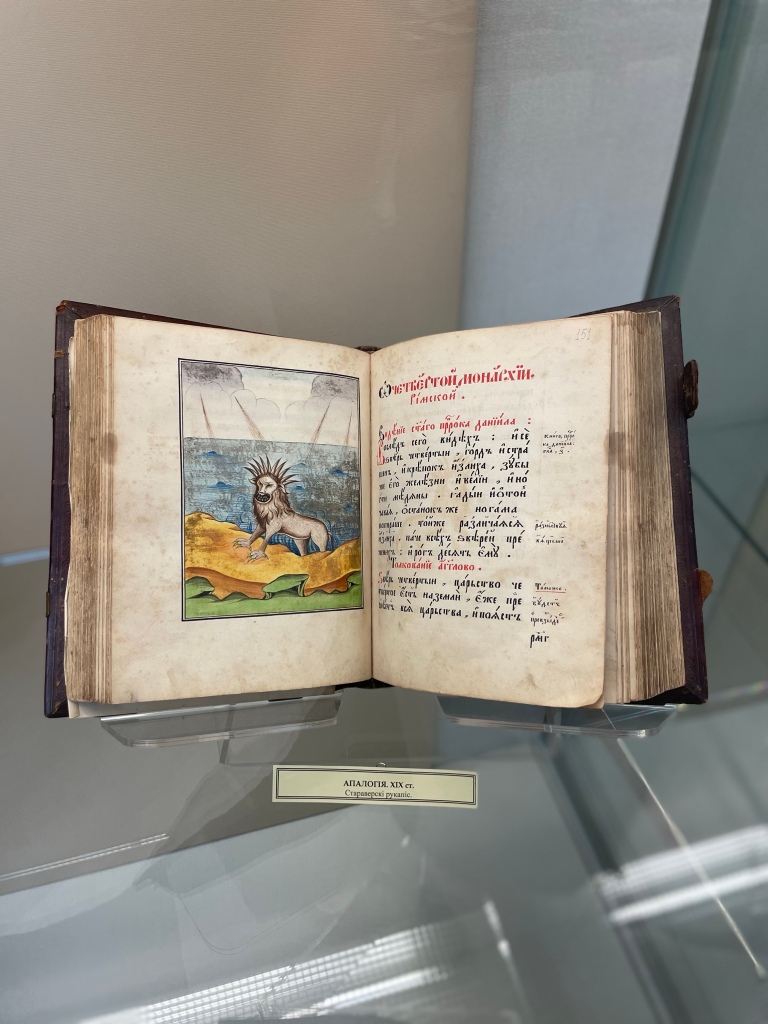
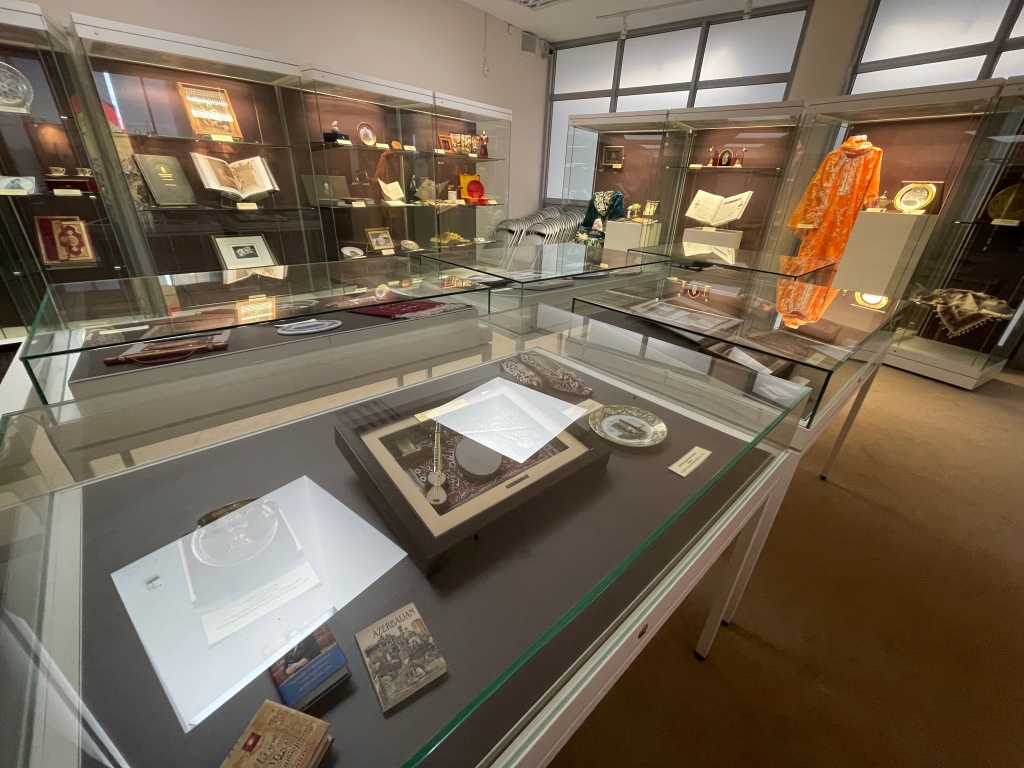


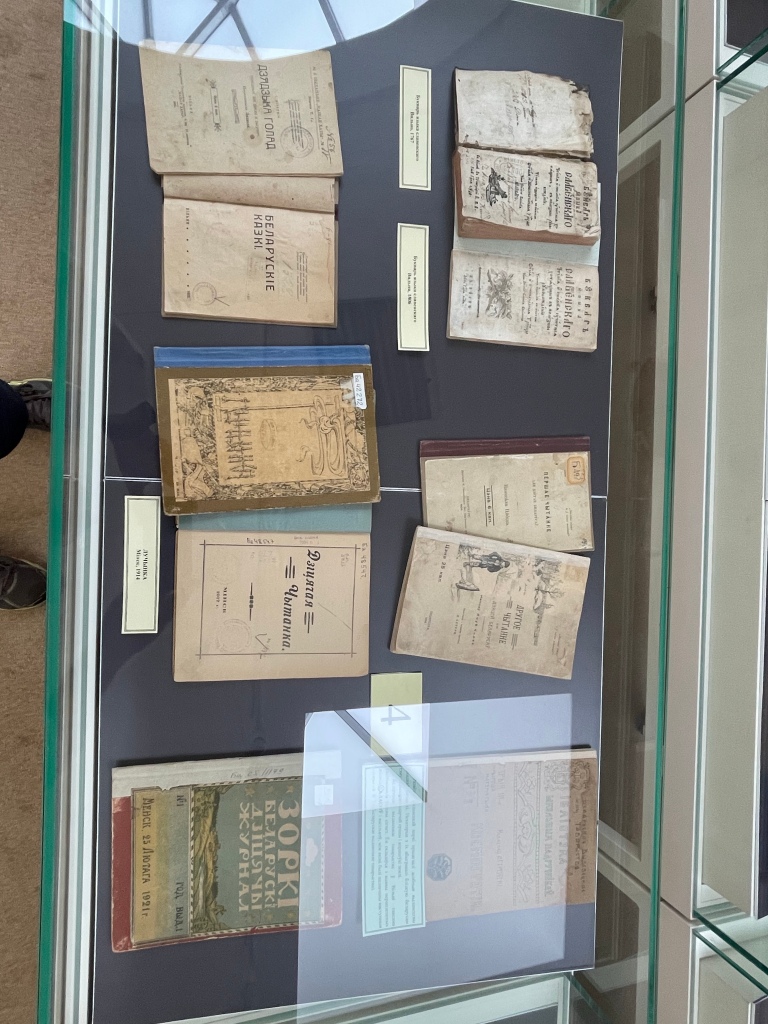

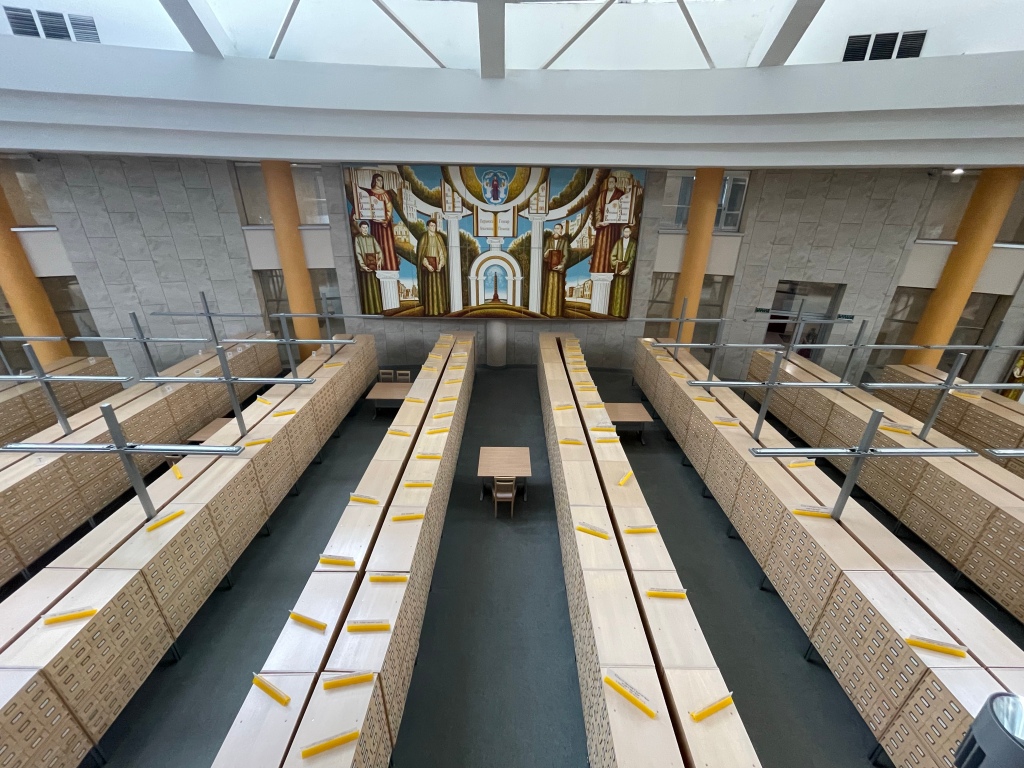
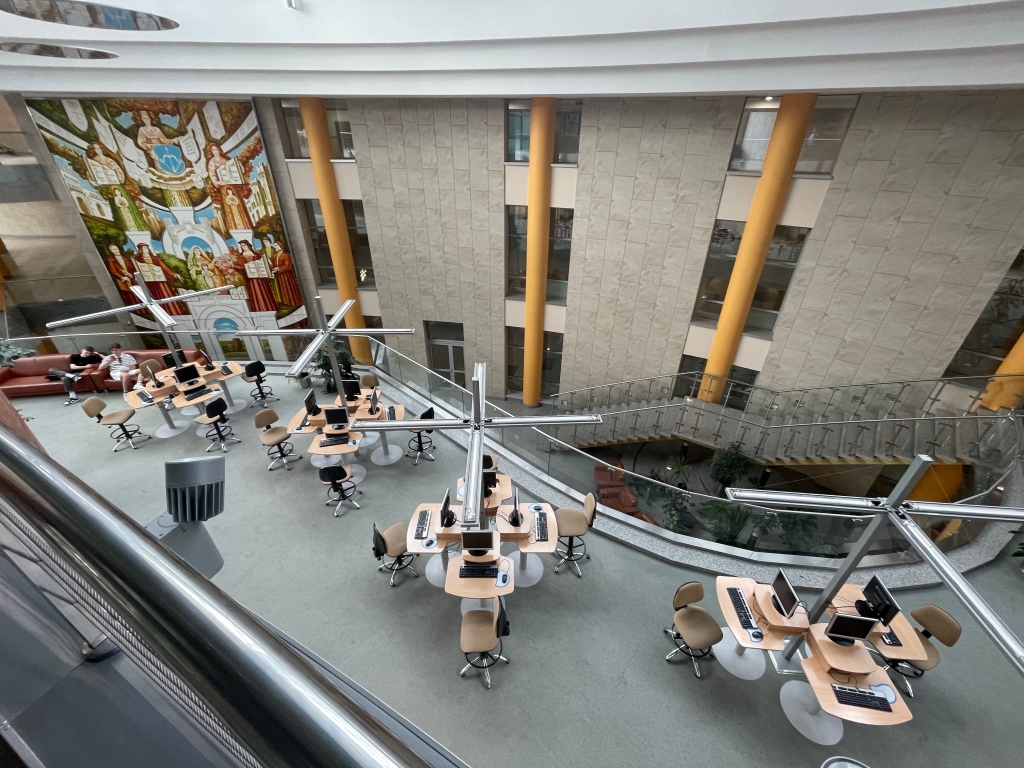

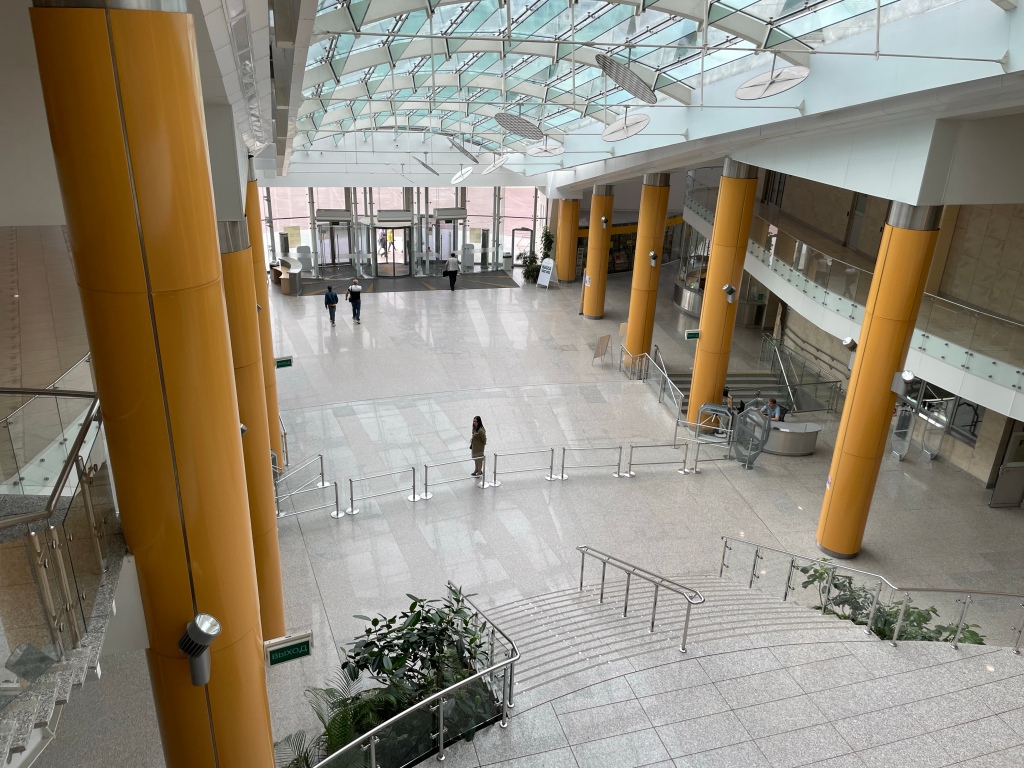



Leave a comment